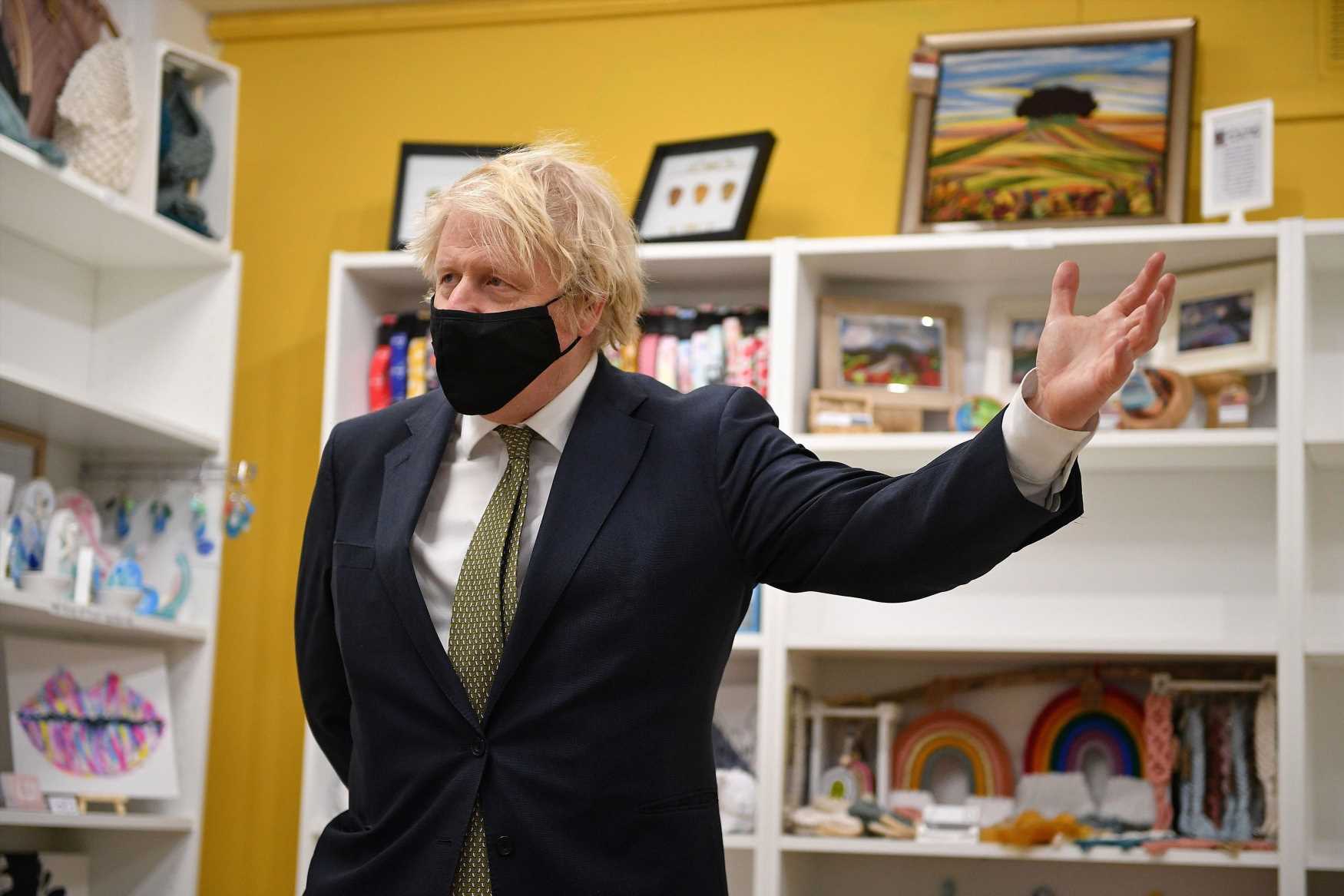China and America have no shortage of differences, but climate change, thankfully, does not seem to be one of them. After several meetings last week in Shanghai between Chinese climate envoy Xie Zhenhua and his US counterpart, John Kerry, the two nations released a joint statement pledging to work more closely together on reducing greenhouse gases. It’s a promising step.
The agreement between the world’s two biggest polluters provides the backdrop for US President Joe Biden’s virtual climate summit this week, which will be attended by 40 of the world’s most powerful leaders, including Australian Prime Minister Scott Morrison.
Mr Biden is expected to use the virtual gathering to announce a target for the US in the range of a 50 per cent reduction in emissions based on 2005 levels by 2030. This follows China’s President Xi Jinping, who in September surprised the world by announcing at the UN General Assembly a 2060 net zero emissions target.
After four years of former president Donald Trump, who did everything he could to impede progress on reducing greenhouse gasses, including opting out of the Paris Agreement, America has some catching up to do.
While the joint statement signals that the two governments will work together on many fronts, including developing carbon capture and energy storage methods and providing funds to developing nations, sticking points will no doubt remain.
The world needs co-operation and knowledge sharing to make the best of new developments in energy production, batteries, electric vehicles and carbon capture and storage, so it is to be hoped that the US and China can find ways to sequester their shared climate change goals from their military, infrastructure and diplomatic rivalries. Of course, climate change now informs all of those, so keeping them apart could prove challenging for both sides.
Nevertheless, a shared climate goal should help other world powers make and adhere to broader international agreements. With the European Union also backing stronger action on reducing greenhouse gases, the days of nations using as cover a Trump-type figure struggling to even accept the science of climate change are over.
All this means there should be global momentum for change leading into the next UN climate summit, taking place in Glasgow in November. The summit is aimed at relaunching global efforts to keep the planet’s temperature increase to below 1.5 degrees, as agreed in the Paris accord.
That leaves Australia with plenty of work ahead of it. China’s and America’s expected targets are now well ahead of Australia’s, which only aims to reduce greenhouse gas emissions to 26-28 per cent below 2005 levels by 2030.
The Morrison government is hoping to use this week’s Biden summit to start repairing the damage caused to Australia’s global reputation by a decade of infighting and intransigence on climate policy. Earlier this year, Mr Kerry singled out Australia as a roadblock to action at past international climate summits. It’s an embarrassing place for Australia to be.
While Mr Morrison has certainly moved the Coalition towards a more active role in reducing greenhouse gases – he says he is open to a net-zero goal but will not spell out a date – domestic politics, particularly in Queensland, could still constrain his ability to put an ambitious target out on the international stage.
Australia is paying a heavy price for politicising climate change policy. While the Coalition should shoulder a significant portion of the blame, all sides of politics need to take responsibility for the lack of progress.
With China and America now striving to walk in lockstep towards a low emissions world, it only becomes more critical that Australia finds a way to be more ambitious on climate policy.
Note from the Editor
The Age’s editor, Gay Alcorn, writes an exclusive newsletter for subscribers on the week’s most important stories and issues. Sign up here to receive it every Friday.
Most Viewed in Environment
From our partners
Source: Read Full Article


